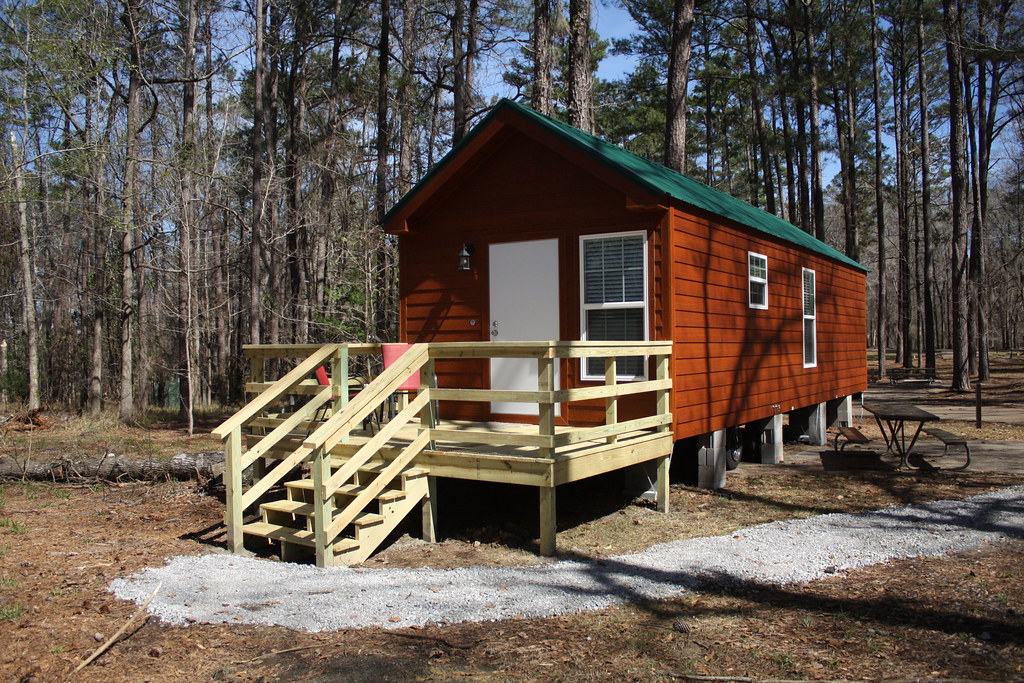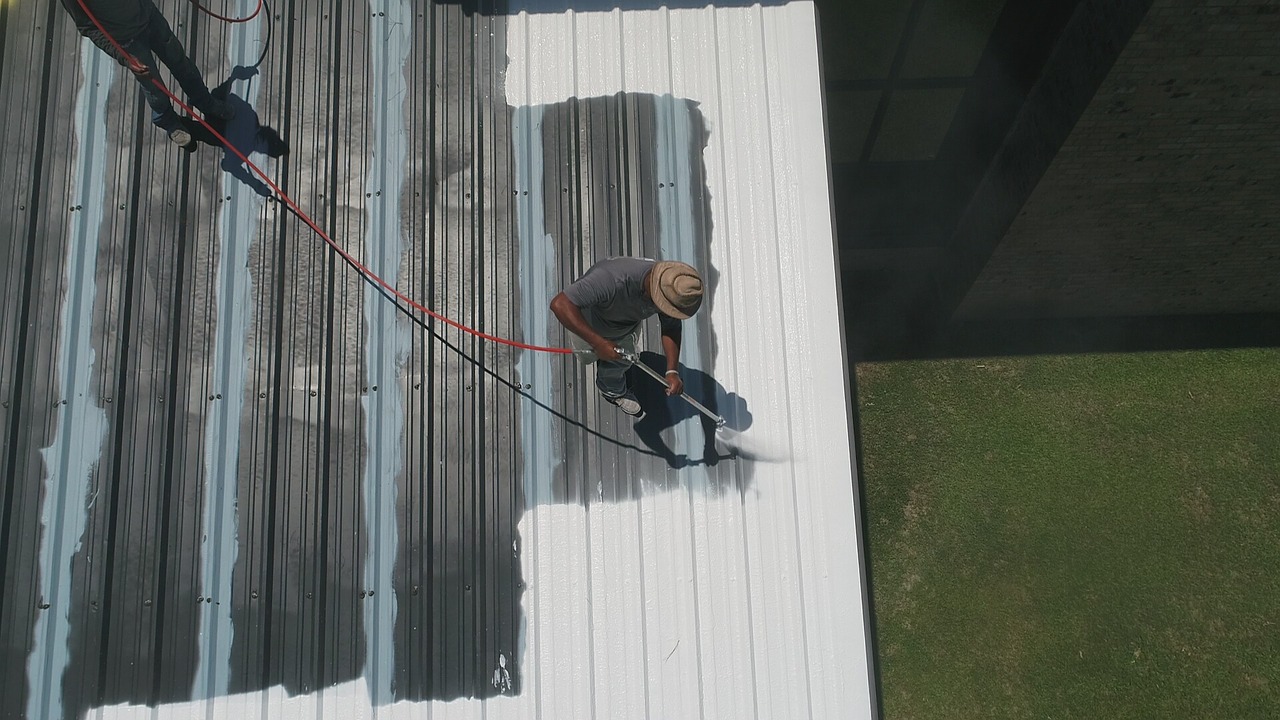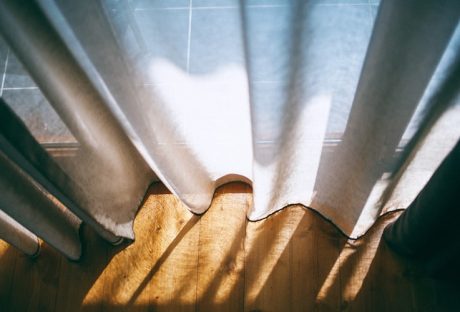Tiny homes are small-scale houses meant for simple living with a smaller carbon footprint. Tiny houses have special considerations because of limited space, especially concerning heating, ventilation, and air conditioning (HVAC). Here are some critical points for heating and cooling of a tiny home.
Different Ways Your Tiny Homes Can Help You In Heating & Cooling
Make use of the tiny homes that can help you to achieve your heating and cooling in the correct order. Try to make use of the best Tiny homes that can help you in that.
How Much Heating and Cooling Is Needed?
Heating a home of any size requires knowledge of heating systems. British Thermal Units (BTU) measures the energy it takes to raise the temperature of a pound of water by 1 degree Fahrenheit. It is used for heating and cooling, so calculate the BTUs of the home, and move on to heating and cooling options. Online calculators provide the BTU for your space, allowing you to make the best and most energy-efficient choice.
Off the Grid or On?
Another consideration for a tiny-home living is energy. Is the home tied to local utilities, or is it off the grid with its source of energy coming through solar or wind power? It’s important to look at the needs and the amount of energy available in the house before looking at heating and cooling units.
Heating Options
Half splints are a solid choice for homes tied to the grid. These units provide both heating and cooling options and mount outside the home with professional installation. Consider the climate as these units struggle when temperatures drop under minus 5 degrees Fahrenheit. You don’t want to service your unit in the dead of winter.
Radiant floor mats are another option that saves space, warming the floor throughout the home. Electrical floor heaters are an affordable solution, allowing you to move the unit wherever it is needed. Homes off the grid may also use basic heating like wood stoves and propane heaters.
Cooling Options
Cooling options also include mini splints. These convenient HVAC units blend seamlessly into the home interior but do require professional installation. Roof-mounted AC units, like the ones seen on RVs, are another option. So long as the roof is flat, this option even allows minimal ductwork throughout the home. Packaged terminal air conditioners are those seen in hotel rooms, usually under the windows. This option is both more expensive and takes up prime real estate in a small home.
Window AC units are budget-friendly and don’t require professional installation. Depending on the heat extremes of the area, floor and desk fans are relatively inexpensive and adaptable. Ceiling fans are another choice, depending on the layout of the home, especially the height of the ceiling.
Logistics for Temperature Management
Weather extremes dictate the needs and options for heating, ventilation, and air conditioning (HVAC) of the home. A home in the Pacific Northwest can get away with a few desk fans during the summer, while in the desert of the Southwest, a house needs more powerful cooling. Owners of small homes usually look for highly efficient units to cool and heat the home with the least amount of energy necessary.
Tiny homes allow minimal living, paring everything down to the bare essentials. Small-home living does not mean discomfort, as heating and cooling units create the perfect living space. Once you know the BTUs of the home, the climate of the area, and your utility considerations, deciding on which unit meets your needs is relatively simple.
Read Also:






















